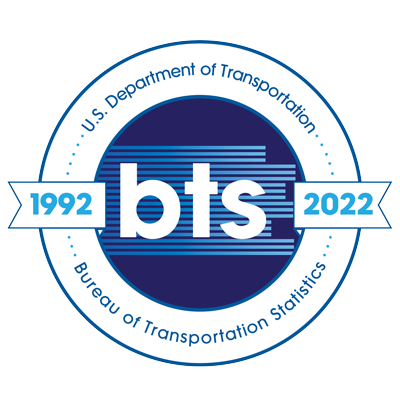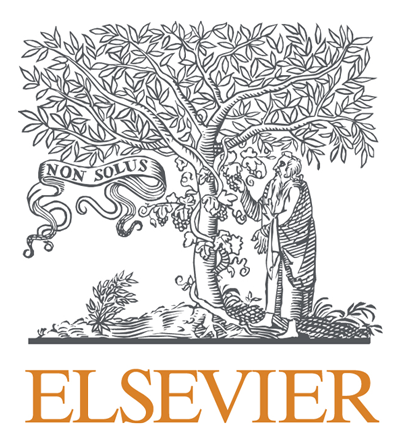Modeling Bathymetry in Missouri Pond Ecosystems
Topics:
Keywords: Bathymetry, interpolation
Abstract Type: Poster Abstract
Authors:
Noah Gibler,
Dawn Drake,
Konner Larkin,
,
,
,
,
,
,
,
Abstract
Missouri Western State University, as the applied learning university for the state of Missouri, engages in a variety of undergraduate research projects. One of the more dynamic groups on campus is the interdisciplinary Pond Team, which includes faculty and students from ecology, virology, physiology, paleontology, and geography. In order to understand the dynamics of any pond, you have to also look to the ecosystem that surrounds it as well as the pond’s own unique geography. The size and slope of the catchment area as well as the type of land cover that surrounds an individual pond is a key component of its ecosystem as is the composition and variability of the pond floor. In an effort to better elucidate an understanding of the ecosystems of the nine humanmade ponds on the Missouri Western campus, the geospatial research group for the Pond Team spent the last thirty months developing a history for the ponds, as well as mapping their boundaries, catchment area, and land use and land cover. The most recent undertaking was to capture a representative sample of depth measurements in order to model the bathymetry of each pond. A comparison was made between the accuracy of manual depth soundings versus a handheld SONAR device. The SONAR device proved to be inaccurate and unreliable for this application. The manual data was spatially interpolated in GIS using an inverse distance weighting method. The interpolated depths were then converted to 3-dimensional renderings. Findings of the study will be presented in this poster.
Modeling Bathymetry in Missouri Pond Ecosystems
Category
Poster Abstract








